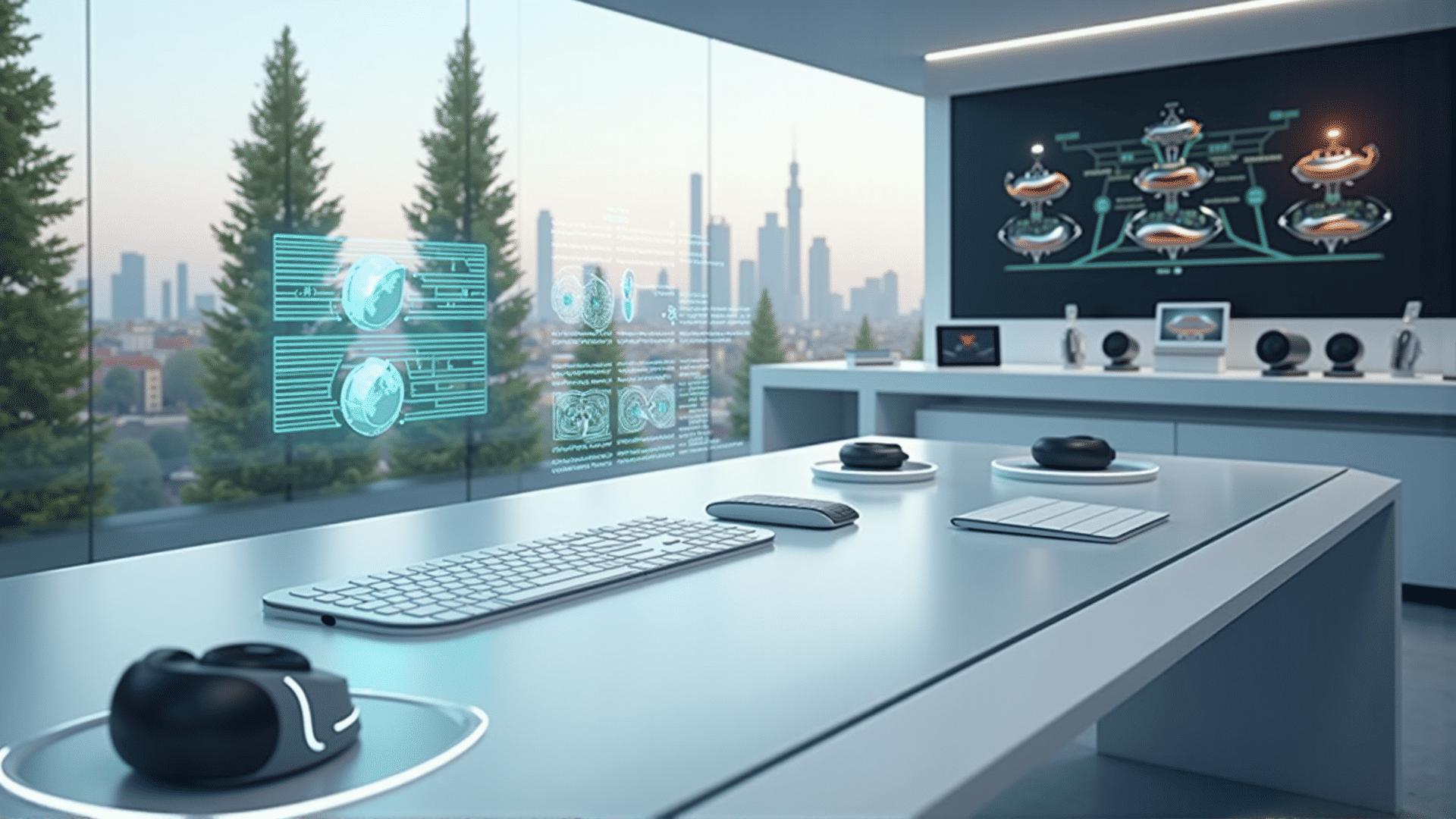As we gaze into the horizon of technological advancement, the concept of peripheral configuration stands as a fertile ground for innovation and creativity. The peripherals, often seen as the unsung heroes of our digital ecosystems, are on the brink of a transformative shift in how they interact with core systems, respond to user needs, and adapt to changing environments. This evolution is driven by advancements in artificial intelligence, machine learning, and the internet of things (IoT), which collectively are crafting a future where peripheral configuration becomes both intelligent and intuitive.
One of the most promising aspects is the integration of machine learning algorithms that enable peripherals to anticipate user behavior. Imagine a world where your keyboard adjusts its layout based on your typing patterns, or a printer that optimizes print settings based on the type of document being scanned. These systems will not require manual adjustments; instead, they will learn and evolve, creating seamless interactions with the user.
Another avenue of exploration is the augmentation of peripherals through IoT connectivity. This approach allows devices to communicate with each other and the cloud, constantly updating their settings and capabilities in response to environmental data. For instance, your mouse could alter its sensitivity based on the task at hand or energy levels of the connected system, optimizing both performance and energy efficiency.
Virtual reality (VR) and augmented reality (AR) are also playing pivotal roles in reshaping peripheral configuration. These technologies offer immersive environments where users can customize their digital devices through intuitive gestures and spatial interactions. The boundaries of traditional interfaces are being pushed, with peripherals that support virtual interactions becoming a reality.
Security remains a crucial consideration in this evolving landscape. As peripherals become more interconnected and intelligent, safeguarding their configurations and communications is paramount. Future configurations will likely incorporate advanced security protocols and biometric authentication, ensuring that these devices are not only efficient but also secure from potential threats.
Furthermore, the personalization of peripherals is set to redefine user engagement. Developing systems that allow users to design their customized interfaces and settings will lead to more humane and productive interactions. These personalized configurations can be stored and adapted across different devices, maintaining consistency in user experience.
In conclusion, the future of peripheral configuration is a vision of interconnectedness and intelligence. By harnessing the power of emerging technologies, the potential to create devices that not only meet but anticipate user needs is within reach. This evolution promises to enhance functionality, increase efficiency, and improve the overall user experience, paving the way for a more adaptable and responsive technological landscape.
